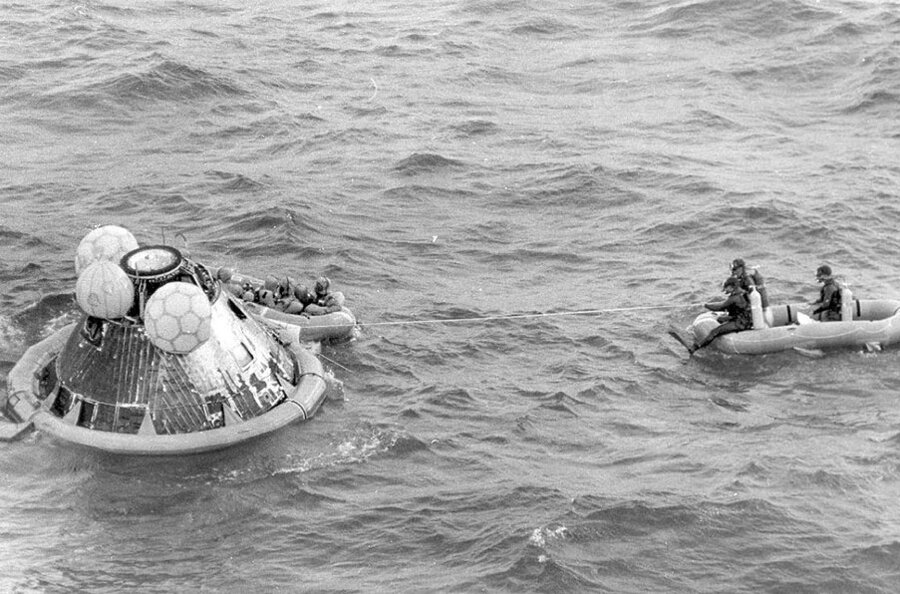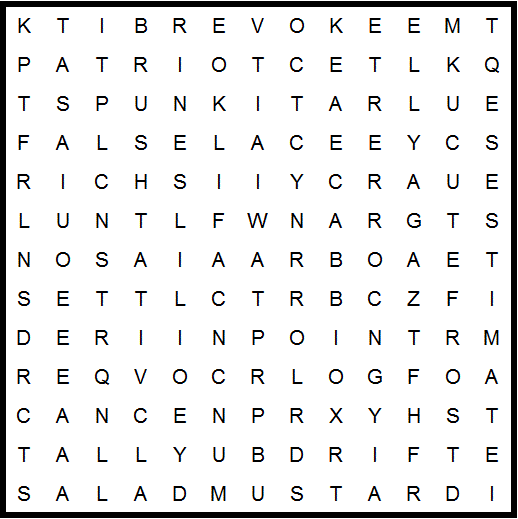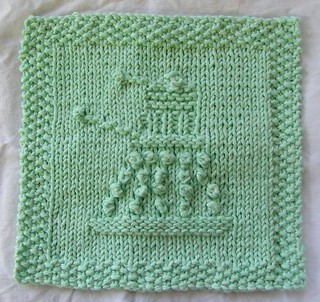
At one time or another, all of us have been visited by the tooth fairy. So, it should come as no surprise that somewhere along the line, Tooth Fairy Day was born. The tooth fairy herself (or himself; as the verdict is still out on whether this spirit is male or female) has been around since at least the Middle Ages although the exact origins are still unknown. In fact, the fairy may have just been a means to calm a child that was undergoing the strange experience of losing a tooth (after all, we have all been there).
Still, Tooth Fairy Day is a date that is designed to pay homage to this generous spirit that is known to leave treats or coins underneath our pillow. Interestingly enough, the exact date of celebration is under conjecture; some claiming it falls in February while others state that it is held in August. This actually makes a bit of sense, for we have yet to find a way to leave a coin or a snack for the fairy, as we are not even sure if she (or he) has a pillow!
thanks, Sally

Word of the Day
| |||
| Definition: | (noun) A fortification consisting of an embankment, often with a parapet built on top. | ||
| Synonyms: | bulwark, wall | ||
| Usage: | They stormed the ramparts of the city with ladders and catapults. | ||
thanks for the MANgram and the other funnies, Shelley

Idiom of the Day
be like herding cats— To be very unwieldy or unmanageable; to be nearly impossible to organize. Usually said of a group of people. |

History
DuPont Scientist Wallace Carothers Invents Nylon (1935)
Though his struggles with mental illness made him initially reject a lucrative job with DuPont, chemist Wallace Carothers accepted the offer in the late 1920s and enjoyed much success there. Perhaps his greatest achievement was the invention of nylon, which rapidly gained widespread use in an array of products. First used to make toothbrush bristles, nylon was soon replacing silk in the parachutes and flak vests of American WWII combatants and in women's stockings.
Linus Carl Pauling (1901)
| An American chemist, Pauling was the first person to win two un-shared Nobel Prizes: one for chemistry in 1954 and one for peace in 1962. He was one of the first to study molecular structure using quantum mechanics, and he made discoveries in biochemistry and medicine. In the 1950s, he became concerned about nuclear weapons testing and radioactive fallout and wrote an appeal—signed by thousands of scientists—to halt such tests. |
Mardi Gras (New Orleans)
The most flamboyant of Mardi Gras celebrations in North America culminates in a riot of parades and throngs of laughing, drinking, dancing people in the streets of New Orleans, Louisiana. On the day of Mardi Gras, designated the "Day of Un-Rule," the traditional parades spotlight Rex, King of Carnival and Monarch of Merriment, in the morning, and Comus, God of Revelry, by torchlight at night. On that same evening the private balls of Rex and Comus are held. At midnight, the madness of Carnival ends, and Lent begins, and a million or so spectators and participants face sobriety.
46 Years Later, Apollo 11 Hits the Road Again
After finding its home at the Smithsonian in Washington for more than four decades, the command module of the historic moon landing spacecraft Apollo 11 is going on "a road trip."READ MORE:

46 years later, Apollo 11 hits the road again
1827 - The Baltimore & Ohio Railroad became the first railroad incorporated for commercial transportation of people and freight.
1849 - Regular steamboat service to California via Cape Horn arrived in San Francisco for the first time. The SS California had left New York Harbor on October 6, 1848. The trip took 4 months and 21 days.
1883 - The first vaudeville theater opened.
1940 - The first televised basketball game was shown. The game featured Fordham University and the University of Pittsburgh from Madison Square Gardens in New York.
1953 - In a Cambridge University laboratory, scientists James D. Watson and Francis H.C. Crick discovered the double-helix structure of DNA.
1954 - In San Francisco "Birth of a Planet" was aired. It was the first American phase-contrast cinematography film to be presented on television.
1979 - Mr. Ed, the talking horse from the TV show "Mr. Ed", died.
1983 - "M*A*S*H" became the most watched television program in history when the final episode aired.
1995 - The Denver International Airport opened after a 16-month delay.
2013 - Benedict XVI resigned as pope. He was the first pope to resign since Gregory XII in 1415 and the first to resign voluntarily since Celestine V in 1294.

READERS INFO
COLORFUL FUN FACTS!In the Arctic, the sun sometimes appears to be square.
Butterflies range in size from a tiny 1/8 inch to a huge almost 12 inches.
Kuwait is about 60% male (highest in the world). Latvia is about 54% female (highest in the world).
Angel Falls in Venezuela is the world’s highest waterfall, at 3,212 feet (979 m).
Lightning strikes the earth about 8 million times a day.


A dancer from Sanata Dharma University's Balinese dance group performing kebyar duduk, a dance created by I Mario and first performed in 1925. Inspired by the development of the quick-paced gamelan gong kebyar, kebyar duduk is named for the seated and half-seated positions taken by the dancers. While in this position, dancers may shift or spin around, using their eyes to emote. Unlike several other Balinese dances, kebyar duduk is interpretative rather than narrative.
ARCTIC HIGH FIVE

Two Polar bear cubs full of adrenaline on ice flow in Svalbard. The mother was just trying to have a quiet stroll but the cubs were not having any of that. This was the male cub and he just was so entertaining to watch. Photo Location: Svalbard

knit
thanks, Marcy

W395 Angie (Free)
knit
Speed Bumps pattern by Audrey Bochantin
Gauge 16 stitches and 20 rows = 4 inches in stockinette
| |||||||
knit

EXFOLIATE! Dalek Cloth pattern by Penwiper
Knit up a quick, easy dishcloth or washcloth with a Dalek design. The squares can also be used for any sort of knitted patchwork - bags, blankets, etc. Or the...
| |||||||
Preview by Yahoo
| |||||||
knit
thanks, Jennifer

Tessellation Socks pattern by Annie Fisherman


crochet

crochet
crochet
crochet
thanks, Jennifer

RECIPE
thanks, Helen
thebetterbaker
Killer 7-Up Biscuits (4 ingredients!)
These really are KILLER biscuits.
With only 4 simple ingredients, they go together quickly, and only take about 15 minutes to bake.
They are light and fluffy and the crusty buttery crust makes them 'over the top'.
In this photo, one biscuit is right side up, and the other is upside down so you can get a glimpse of that yummy buttery crust. It's difficult to see how nicely the biscuit has absorbed the butter in the one on top, but trust me, it has plenty of butter too.
KILLER 7-UP BISCUITS
6 Tb. butter, sliced
2-1/2 c. Bisquick
1/2 c. sour cream (or Greek yogurt)
1/2 c. (diet) 7-up, room temperature
Preheat oven to 450*. As you are preheating, melt the butter in a 9" X 9" baking dish in the oven, watching closely so it simply melts, and not browns. (It could burn when baking the biscuits if overdone).
In large bowl, place Bisquick, sour cream and 7-Up. Mix with fork until blended.
Flour your hands. Make 9 biscuits, placing on top of butter, and patting down some, re-flouring your hands as you form each one. (It isn't necessary that the pan be totally filled.)
Bake about 12 - 15 minutes or until top is browned.
No need to serve with butter as the crust will take care of that part for you.
Reheat in oven or toaster oven...if you have any left. We even enjoy them cold.
Great to serve with breakfast, lunch or dinner. Would be awesome with beef stew over them or just on the side.

CROCKPOT RECIPE

Slow Cooker Baked Ziti





Striped Taper Candles hometalk



Tape Measure Jigsaw Puzzle


| bogus born brace bronze brush cancel cell certificate contrary cute | drift duplicate estimate false final frost | lace lawyer lotion meek mustard nerve | patriot point retaliate revoke rich right rustic | salad slick spunk tactic tally |





thanks, Shelley


Rarely Seen “Enchanted” Moments of World History (Part 2)

Two seconds before execution – Polish resistance members, Warsaw Uprising 1944
Panorama of destroyed Hiroshima after the nuclear detonation in 1945

Mahatma Gandhi’s worldly possessions, ca. 1948

Post war reunion of U.S soldier William Best and 19-year old Joseph Guttman, whom he liberated from the Buchenwald concentration camp, New York 1948

1955 Huffy-Radiobike. It has a radio! Solves the no earbuds problem.

A teenager at an Elvis Presley concert at the Philadelphia Arena on April 6, 1957

Civil rights activist James Zwerg after being beaten by a white mob in Alabama, 1961. (After the beating he had to wait two hours for treatment as no white crew would pick him up.)

Doctors in protective clothing during an outbreak of smallpox in Wroclaw, Poland; July 20, 1963





 eeks.
eeks. 
